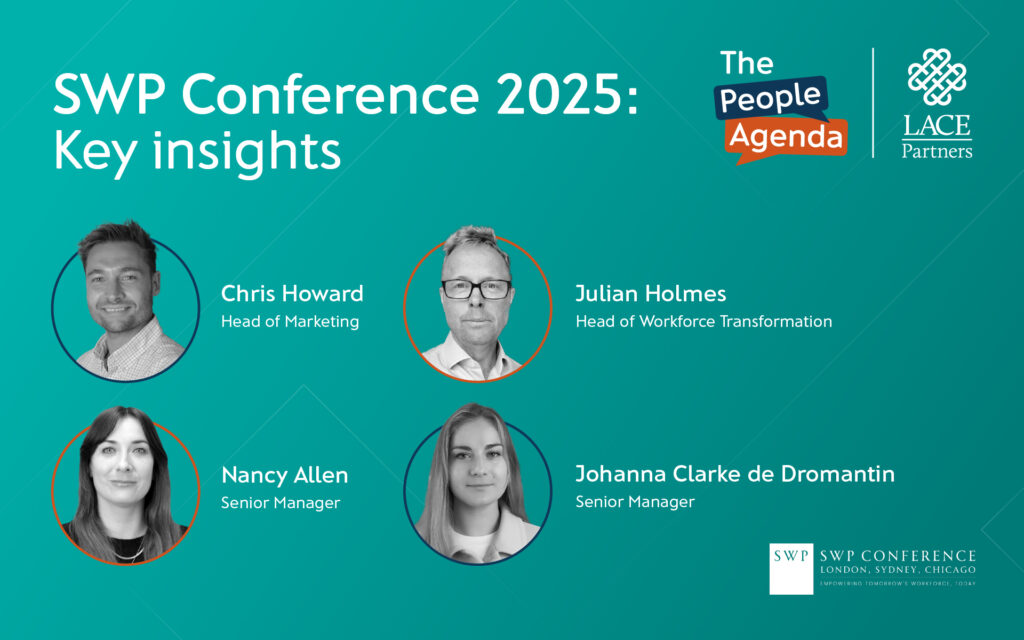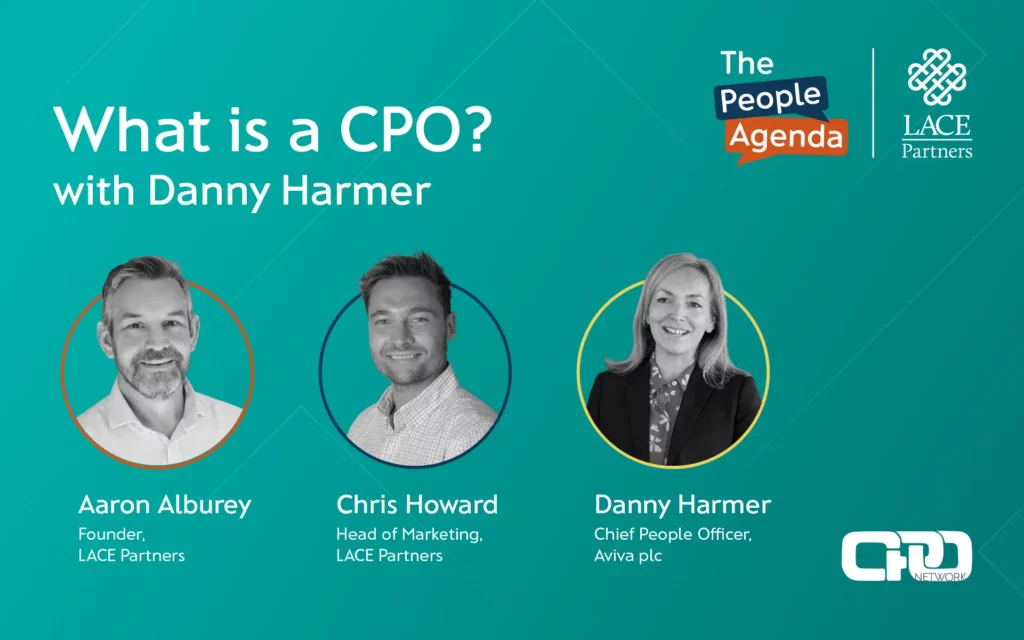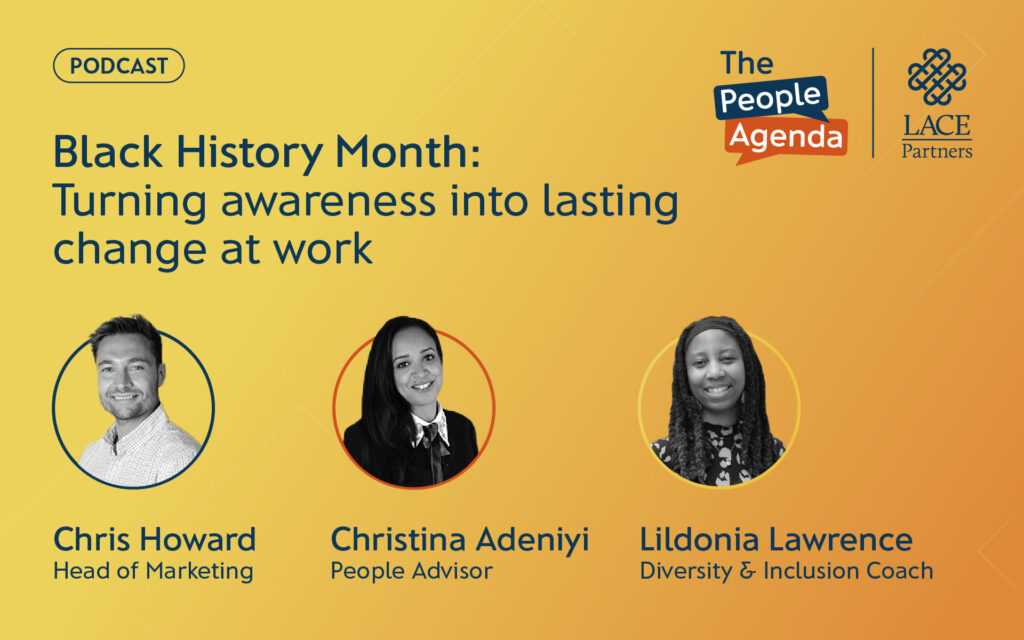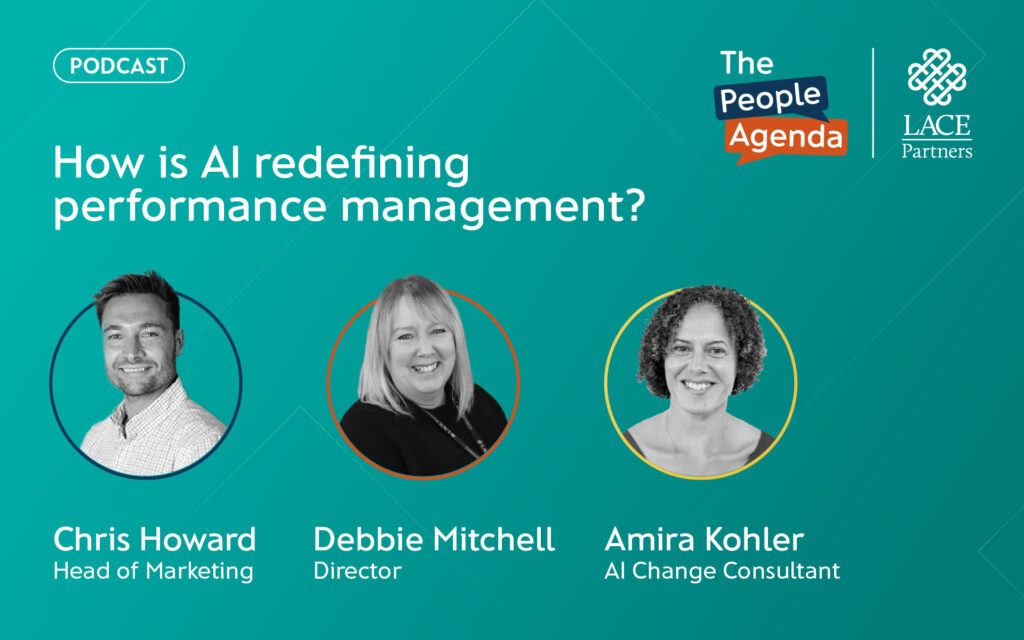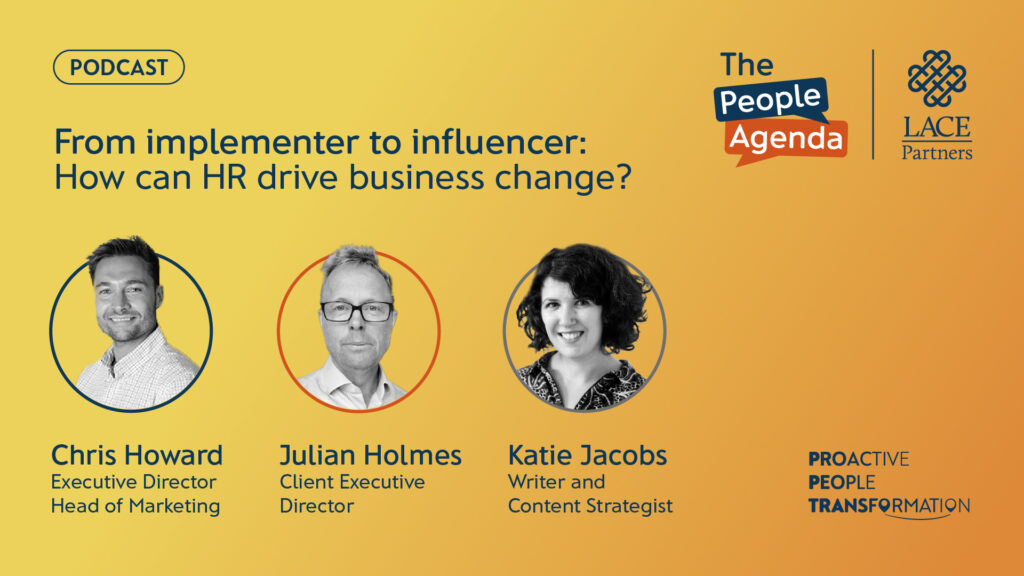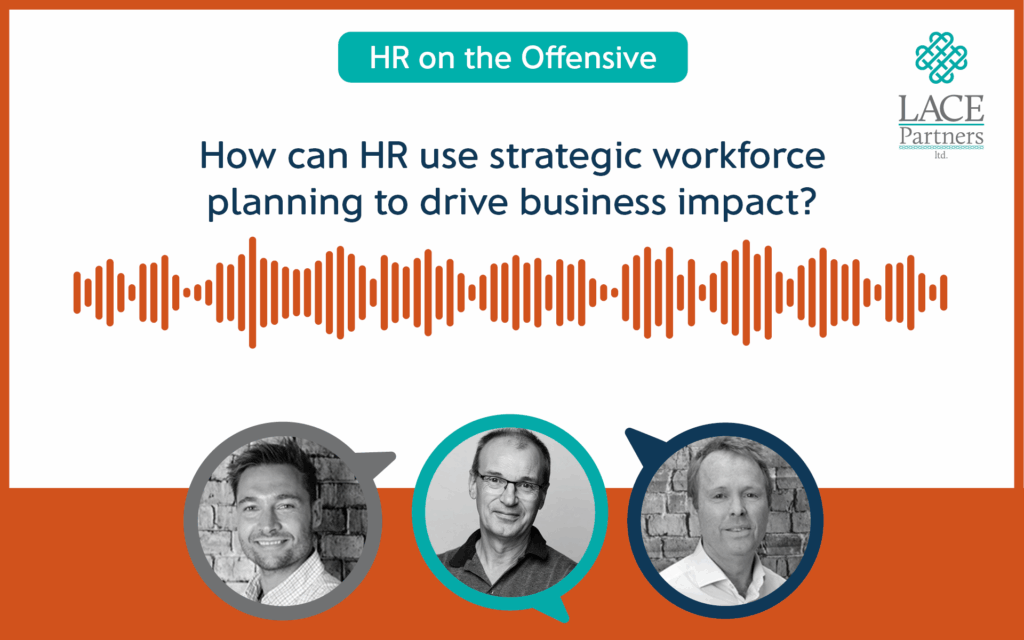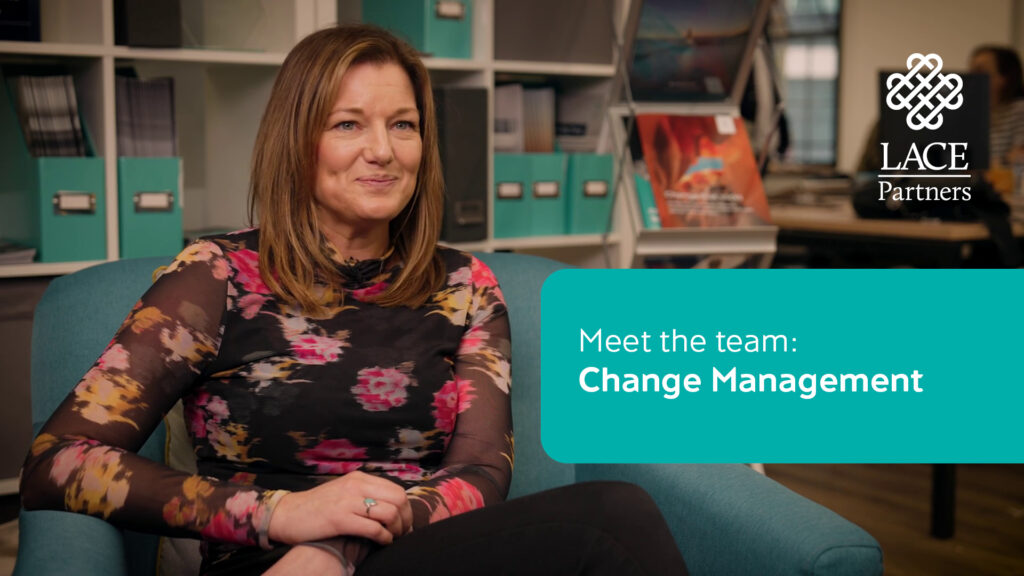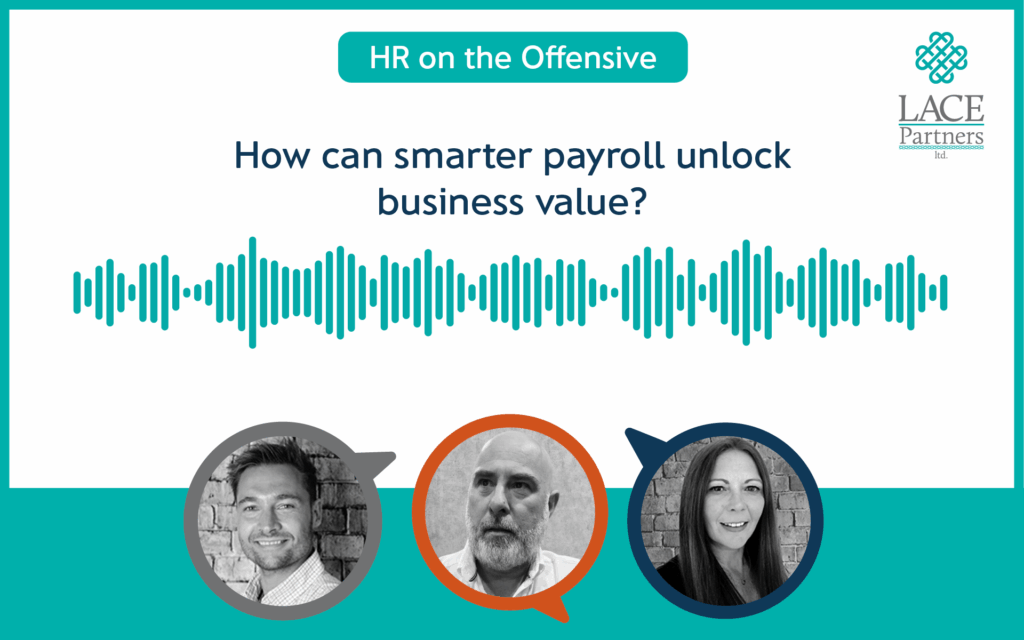In brief
-
Career mapping helps organisations align employee aspirations with business needs, creating flexible paths for growth beyond traditional promotions.
-
It supports talent retention by offering options such as lateral moves, cross-functional opportunities, and specialist tracks.
-
A well-designed career map balances structure with flexibility, adapting to the size of the organisation and individual preferences.
Is the concept of a linear career path – a simple ladder of promotions – a thing of the past? As businesses evolve and employee expectations shift, a more flexible and strategic approach to talent development is needed. This is where career mapping comes in and we’ve recently been asked to provide some thoughts on this. More than just a tool for promotions, career mapping is the process of articulating how an employee can grow within and move around an organisation, whether through a promotion, a lateral move, or a cross-functional shift. It is a strategic collaboration between HR and managers to align the needs of the business with the aspirations of the employee, ensuring that an organisation’s most valuable asset – its people – is positioned to drive success, both today and in the future. Emma Johnson from our team provides some answers to the key questions we get asked on career mapping.
What do we mean by career mapping and how does this work in practice?
Career mapping is essentially the process of articulating how someone can grow within and move around an organisation. This could be through promotions, lateral (‘sideways’) moves or cross-functional moves.
For this to be effective, organisations should try to articulate not only where people can go, but the skills, experiences, and milestones which they need to develop and hit on the way.
In practice, this means HR and managers working together to identify both the needs of the business (for example future skills gaps emerging industry trends) and the aspirations of employees, then aligning the two.
How might a career map differ according to the size of organisation?
There is no one-size-fits-all for how organisations might define their career maps, and one factor which might impact how this looks is the size of the organisation and/or workforce.
Larger organisations might have a more structured approach to career maps, perhaps reflecting the need for greater clarity upfront about how individuals can navigate around the organisation. There is probably a need for more formal policies and structures around opportunities for gig work, lateral moves, and training. However, a trade off could be that progression might feel slower or more bureaucratic because of this.
Conversely, smaller organisations will probably have more flexible career maps where people have the chance to take on broader responsibilities early, owing for a greater need for agility. This could fast-track career progression, however a lack of structure can mean that it is up to the individual to carve out their own career path.
To what extent is this shaped by people’s own desires? Are there times where people might not want to move into a managerial role, for instance?
Career mapping isn’t just about plotting a line up to management. Instead, it is about designing a range of pathways that feel equally valuable, both to the individual and the organisation. A good career map will provide employees with options. Pathways should work in parallel with each other to meet business needs and cater to the desires of the workforce.
There is not one right way to ‘grow,’ and it is important to make sure every career option feels meaningful, not to set up one pathway as more important as another. Not everyone wants to manage people, and that shouldn’t be seen as less ambitious. Instead, they might add value by building a deep specialism in an emerging or critical skill which the organisation needs for the future.
Having said that, business needs often have to come first, and there may be times when someone’s career path is dictated more by this than by their personal desires. When this happens, it is important to be able to articulate the “why” to the individual and look for opportunities down the line to provide them with career growth or development opportunities which align more with their preferences.
What skills and experiences are likely to be required at the different stages (e.g., conflict management, communication, or project management)?
The skills and experiences needed at each stage of a career will evolve in line with changing role responsibilities but also depending on someone’s alignment to a particular career pathway.
Early on, the focus will probably be on building strong foundations with skills like communication, collaboration, and problem-solving along with a willingness to learn and adapt quickly. As someone progresses throughout their career, they might develop a more generalist skill set (a broader range of skills but potentially to a lower proficiency) or a specialist skill set (a narrower range of skills but to a much higher level of proficiency). Skills like project management, influencing others, and navigating conflict may become more important as role responsibility increases.
Once someone looks towards senior or leadership positions, there should be a notable shift towards skills like strategic thinking, decision-making and the ability to inspire and guide teams. At this stage, the focus is more on empowering others to succeed, rather than doing the work yourself.
Want to talk to us about how your organisation approaches career mapping as part of your talent and skills strategy? Fill in the form below and tell us what your challenges are – we’d love to chat.








